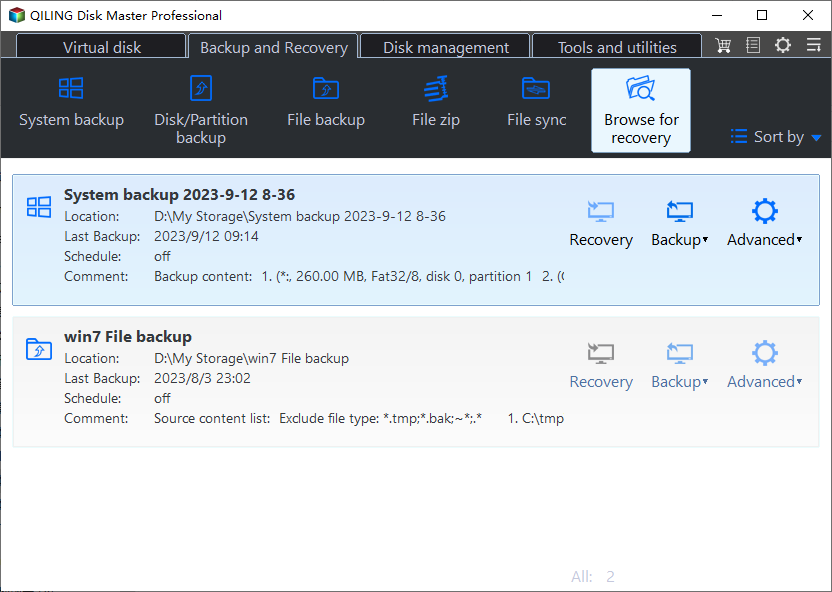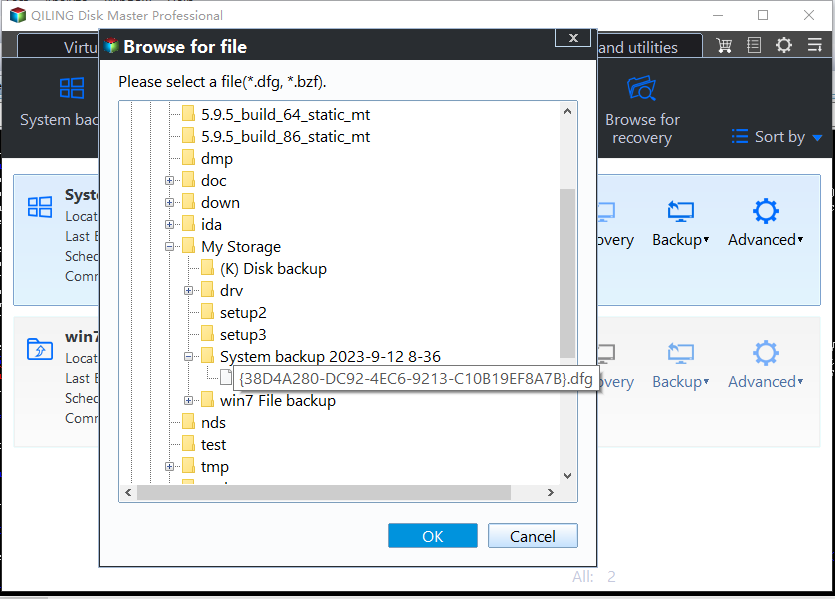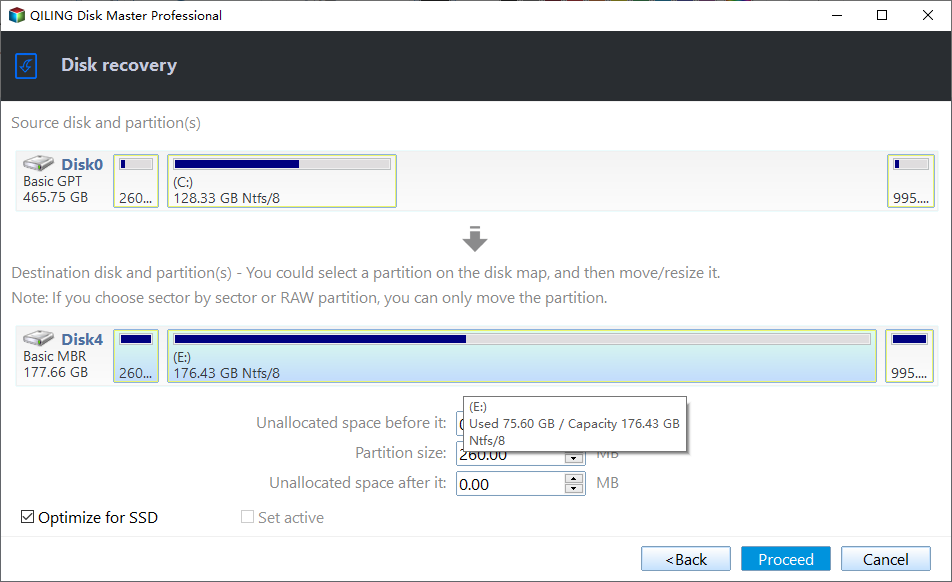Restore BIOS Based System Recovery Points to UEFI Based Computer
About UEFI and BIOS
You're correct that modern computers often use Unified Extensible Firmware Interface (UEFI) mode by default, which can make it challenging to install a BIOS-based system. However, it's still possible to install a BIOS-based system on a UEFI-based computer, but it requires some additional steps.
You're right that using UEFI mode and BIOS mode require different partition styles, which can make it challenging to restore a system to a different computer.
Yes, some UEFI-based PCs have the ability to run Windows in legacy BIOS-compatibility mode, also known as "Legacy BIOS Mode" or "BIOS Emulation Mode". This feature allows UEFI-based computers to emulate the behavior of a traditional BIOS, which can be useful for running older operating systems or restoring system images created with a traditional BIOS.
Regular way to restore BIOS based backup to a UEFI computer
If your UEFI based computer is able to boot into legacy mode, you can follow the steps below to restore or move Windows installation from BIOS to UEFI computer.
1. Create a bare metal backup of the BIOS based computer, and prepare a Windows installation disc or recovery drive.
2. Convert GPT disk to MBR disk.
3. Enable Legacy boot mode. You can consult the manufacturer's support about how to boot the system into a legacy mode.
4. Insert an installation disc or recovery drive to perform a bare metal system restore.
This will successfully move Windows installation to another computer, but you will lose the advantages of UEFI boot and GPT disk. The destination disk space beyond 2TB will become unusable. If you think this method is too cumbersome or you don't want give up the benefits of UEFI, you can try another simpler way.
Advanced way to restore computer with UEFI from a BIOS based backup
If you're looking for a convenient and efficient way to transfer Windows installation from an MBR disk to a GPT disk, or vice versa, you can consider using Qiling Disk Master Professional.
If you're looking to transfer Windows installation from a GPT disk to an MBR disk, or vice versa, you can use Qiling Disk Master Professional. This process allows you to keep the benefits of UEFI, such as faster boot, Secure Boot, and multicast deployment, while ensuring a smooth transition.
To restore BIOS based system backup to UEFI computer:
1. To ensure a smooth transition, download Qiling Disk Master and use it to create a system backup and a bootable rescue media. This will allow you to restore your system with ease, while also retaining the benefits of UEFI, such as faster boot, Secure Boot, and multicast deployment.
2. Use the bootable media to boot the UEFI computer. In the meantime, make sure the system backup you created is accessible to the target computer. Click Backup and recovery > Browse for recovery.
3. Click to select the image backup file. You can add network location (NAS or shared path) first when necessary.
4. To proceed with the restoration process, ensure that the Universal Restore option is checked. This feature allows the software to restore the system to its previous state, including any necessary drivers and software.
5. To proceed with the restoration process, you need to select a partition to receive the backup. Keep in mind that all the data on the selected partition will be deleted when the restore begins.
6. Before proceeding with the restoration process, you'll need to preview the restore partitions. This will give you an overview of the partitions that will be affected by the restore operation.
With Qiling Disk Master, you have the flexibility to restore system recovery points to a computer with a different firmware type, eliminating the need to switch between BIOS and UEFI systems. Additionally, you can utilize the System Clone feature to clone the system to another computer, making the process even more convenient.
Related Articles
- Deploy/Restore System Image to Different Computer with Qiling Disk Master
- Migrate Windows OS from Physical Computer to Virtual Machine
- Bare Metal Recovery | Complete BMR Guide in Windows 10 and Server
- How to Restore Windows 10/8/8.1 Backup to Dissimilar Hardware?




